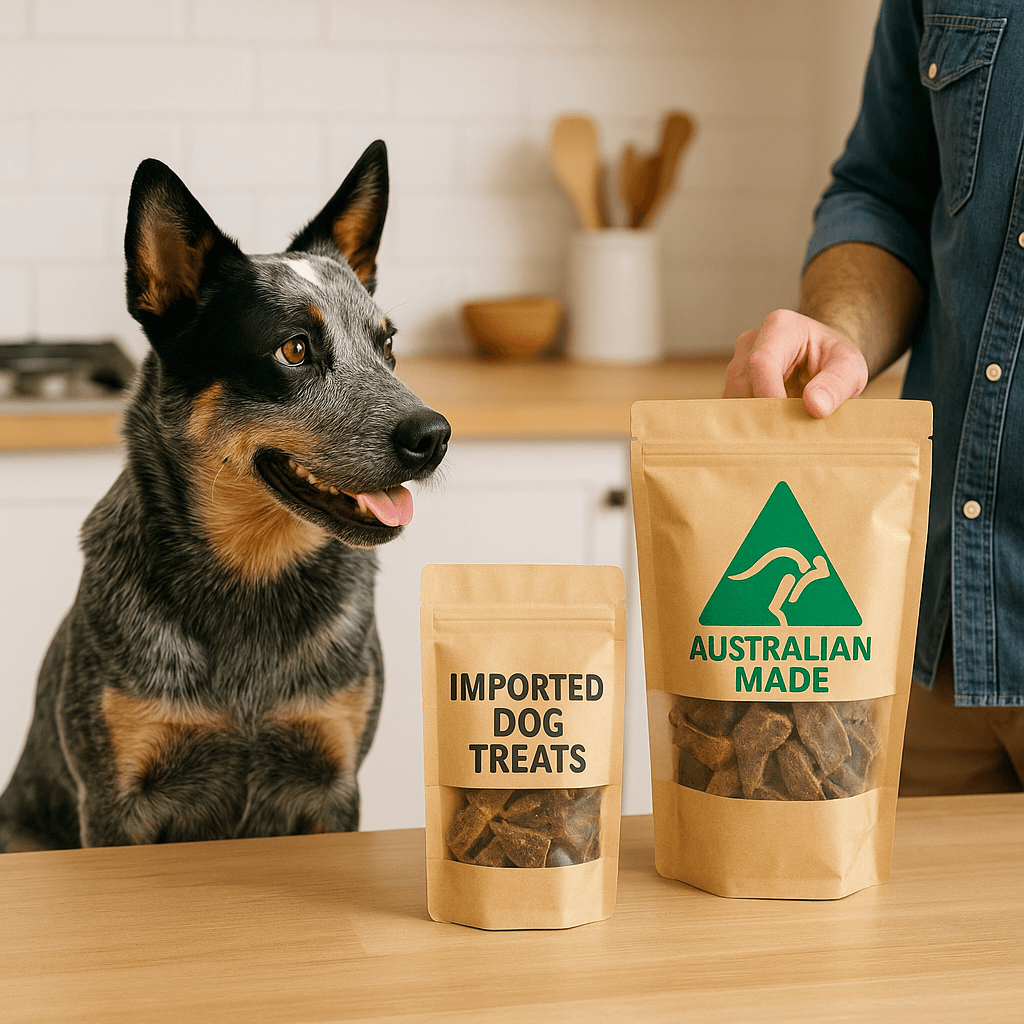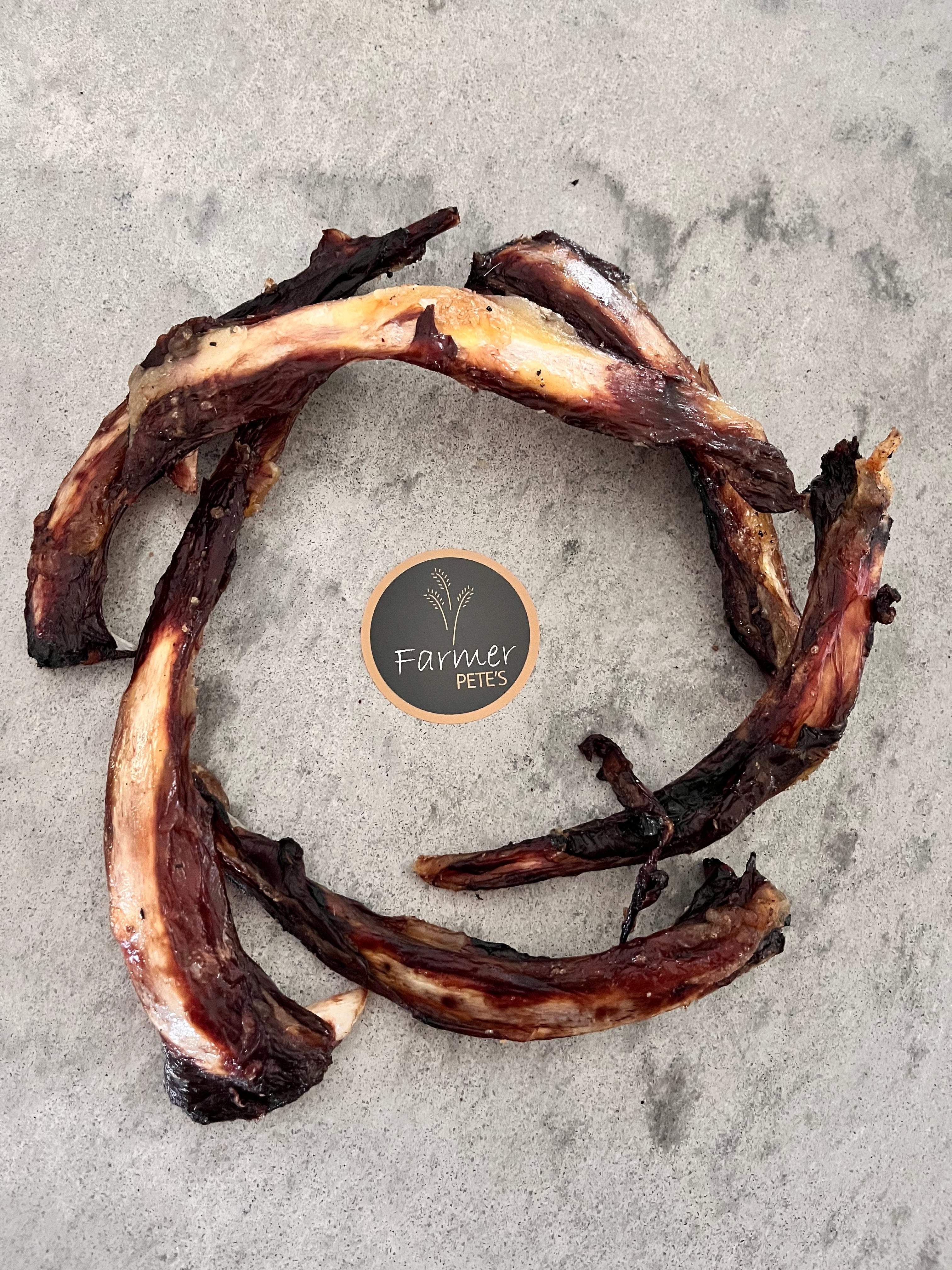You Love Your Dog, But Do You Know The Best Ways To Keep Them Happy?
Dogs are deeply social animals and form strong bonds with their human companions. Showering your dog with love, attention, and affection is crucial for their overall happiness. This can be as simple as petting and cuddling them, talking to them in a soothing voice, or engaging in activities that they enjoy. Dogs thrive when they feel a strong sense of connection and belonging within their human family.
One of our main concerns as pet parents is keeping our furry family members happy. However, it’s not always obvious what pleases our pooches. Luckily, we’ve got some tips to keep your dog happy that might help.

7 Guaranteed Tips To Keep Your Dog Happier
Each dog has their own unique personality, and you can use these tips to spread happiness to your pooch, so their personality continues to shine.
1. Use food to train your dog with positive reinforcement
Did you know that training with food is effective, efficient, and fun for you and your dog? Research shows using food as positive reinforcement is the best way to train your dog.
Some ideas for food to try include, Farmer Pete’s 100% all-natural dehydrated Chicken Jerky & Bites, Roo Jerky & Bites, all Liver types, and Lucky Dips for variety. Whatever you pick, make sure it’s safe for dogs to eat (keep in mine any allergies), and take account of the calories given in treats when feeding meals. Scientists have shown that dogs will run faster to get the food reward they like best.
Every dog has their own favourite foods, so it’s up to you to find out what works best for your dog. And remember, sometimes variety is best of all.
Find somewhere convenient to place the treats, like a bag or treat pouch, a cookie jar on the counter, or in the fridge, so that you’ve got it on hand and can reward your dog quickly for good behaviours.
A well-balanced and nutritious diet plays a significant role in your dog's overall well-being and happiness. Consult with a veterinarian to determine the appropriate diet for your dog based on their age, size, breed, and specific health requirements.
Provide them with high-quality dog food and treats (Farmer Pete’s of course) that meets their nutritional needs and avoid feeding them harmful foods that can be toxic to dogs. Maintaining a healthy weight through proper diet also contributes to their overall health and longevity.
2. Don’t use aversive methods
These days, using aversive methods is old-fashioned. The reason is that scientists have shown various risks to using aversive dog training methods. These include the risks of your dog becoming stressed, anxious, fearful, or even aggressive, and of them having a worse relationship with you.
What counts as aversive? Things like shock collars, prong collars, choke collars, citronella collars, alpha rolls, leash jerks, yelling at your dog, hitting your dog.
If you’ve used these methods in the past, switching to reward-based training methods (see Tip 1) will help you build a better relationship with your pet. Studies find that positive reinforcement is a more effective way to train. One reason could be that your dog s motivated to earn nice food rewards.
Training is an essential aspect of a dog's happiness and well-being. Dogs thrive when they understand what is expected of them and feel confident in their abilities. Basic obedience training not only helps prevent behavioural problems but also strengthens the bond between you and your dog.
Teach them commands such as sit, stay, and come, and reward them with treats, praise, or play when they exhibit the desired behaviour. Socialisation is equally important. Introduce your dog to different people, animals, and environments from an early age, exposing them to positive experiences.
3. Learn to read canine body language
Pay attention to your dog, and to the subtle signals that give you clues about how they’re feeling.
Most people are good at recognising a happy dog, with that loose body, lovely wide wagging tail, and relaxed open mouth.
People are less good at spotting signs of stress, which are sometimes as subtle as a lip lick, a yawn, or looking away.
Other signs to look out for include a lowered body posture, a low or tucked tail, raising a paw, panting, being very still or stiff, showing the whites of the eyes, trembling and shaking, hiding, and even peeing or pooping from fear.

4. Help them feel safe
Now that you’ve learned to spot those subtle signs of stress, you’re in a position to do
something about them when you see them.
If you notice that your dog is stressed, don’t force them into a difficult situation. See what you can do to help them feel safe. Maybe you must tell a stranger that they can’t pet your dog, or you have to comfort your dog because they’re trembling due to fireworks in the neighbourhood.
Research shows that you are a secure base to your dog, so you can help them to feel better.
In some cases, you may need to do desensitisation techniques to help your dog get over their fears or see your vet in case they find a medical cause (like pain) or recommend medication.
Dogs need a safe and comfortable living space where they can relax and feel secure. Provide them with a cozy bed or crate that is their own designated space. Ensure that their environment is free from hazards and toxic substances. Dogs also need protection from extreme weather conditions, so make sure they always have appropriate shelter and access to fresh water.
5. Give your dog choices when possible
Just like for us, it’s good for dogs to have a sense of autonomy and control. Of course, there are many times when we must decide things for our dogs. But that just makes it more important to give them choices when it is possible.
For example, we can give them a choice of whether or not to be petted. Many dogs don’t like hugs and find them too intense, so we can pet them in ways they prefer (often on the front of the chest and side) and give them the option to move away if they want to.
And if they show their discomfort with signs of stress or a growl, we can recognise that and try to make them feel more comfortable. Never punish a growl—it’s useful information that your dog is not happy in that moment.

6. Use food puzzle toys
Enrichment means making changes to the environment to let your dog engage in normal doggy behaviours and have fun things to do. Food puzzle toys are a great way to provide enrichment because they make your dog work to get the food out of the toy.
There are lots of great options, Like Farmer Pete’s snuffle mats to scattering food or treats in a safe patch of grass. Or filling a Kong with treats to entertain for ages.
When introducing your dog to a new food puzzle toy, make it really easy for them. Use treats to get them interested (even if you plan to switch to kibble in future) and fill it to the brim. You may also like to show them how it works; once they see food falling out, they are likely to want to have a go themselves. Be patient, and don’t make food puzzle toys too difficult too fast.
7. Take them for a sniffari—or do another joint activity that you both like
Joint activities are a great way to have fun with your pet and build the relationship between you. Some favourites to try are playing tug or fetch (using Farmer Pete’s Tug Toy), going to an agility class, or doing some tricks training at home.
Dogs have active minds that need stimulation to prevent boredom and behavioural issues. Providing mental enrichment activities is as important as physical exercise. Engage your dog's mind through puzzle toys, interactive games, and training sessions. Teach them new tricks and commands and challenge their problem-solving abilities. You can also introduce them to new environments, scents, and experiences to keep their minds engaged and curious.
But the simplest activity—and one that provides great enrichment because it involves your dog’s nose— is to take them for a sniffari.
A sniffari is a dog walk in which the dog is allowed to follow their nose for exploration, investigation, and enrichment.
Obviously, there are places your dog isn’t allowed to go or that aren’t safe, so use your judgement. But, within reason, let your dog set the pace and follow their nose. This is also a nice opportunity for you to slow down and spend some time noticing what your dog does and where they like to sniff.
One reason this is such great enrichment is because it lets the dog use their most important sense, that of smell.

Sniffari
/sni.fa:.ri/
Noun
A dog walk in which the dog
Is allowed to follow their nose
For exploration, investigation
And enrichment.
Also: a smell walk.
In Conclusion, Better Relationship With Your Dog Will Make Them Happier
Engaging in some or all of the above tips will help you to have a better relationship with your dog and to make your dog even happier than they already are. There’s nothing nicer than seeing a happy dog and a wagging tail!
These tips are written with adult dogs in mind, but if you’ve got a puppy, there’s something very important to add to the list: socialisation. This means giving your puppy as wide a range of positive experiences as possible. A good puppy class can help.
If you’re having issues with your pet’s behaviour, seek help. It’s often best to seek help sooner rather than later. For any sudden changes in behaviour, always see your vet.



